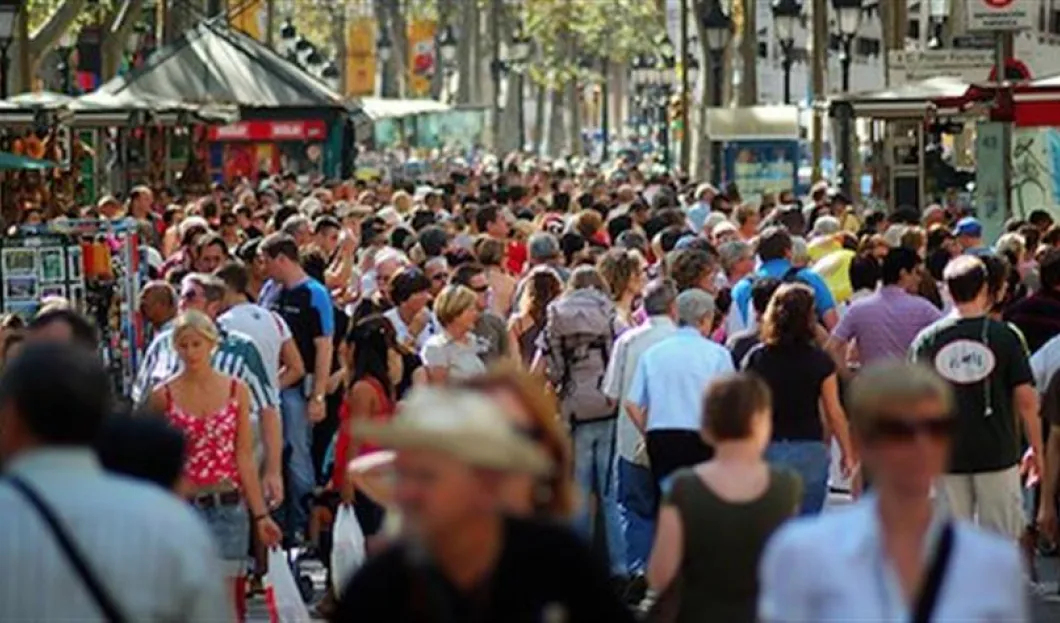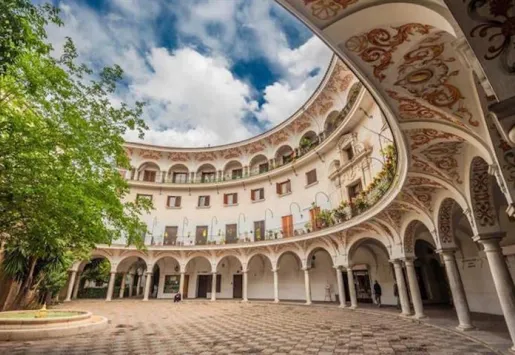
Spain’s strategies to attract visitors and increase the number of tourists have caused the density per square meter in some areas of the country to exceed the limits of what is reasonable according to the critics.
According to the forecasts, 2016 will be a record year for world tourism. The total amount of tourists last year reached 1.184 billion people who travelled for pleasure to another country. It is a remarkable amount to which Spain contributed 68.1 million foreign visitors. This number of tourists will most likely be surpassed in a few months.
In terms of themes as well as statistics, tourists in Spain are looking for sun and sea. Catalonia was the community that received the most visitors in 2015 (17.4 million), followed by the Balearic and Canary Islands (tied at 11.6 million) and Andalusia (9.3 million).
The typical profile of tourists choosing Spain as a destination is a British man (or woman) who flies to Catalonia (or Canary Islands), checks into a hotel and spends an average of 116 euros a day.
As an engine of the economy, tourism is a booming business for Spain. It generates a significant supply of jobs and robust revenues. Something to be considered however is whether the current model will not die of its own success.
The eagerness to increase the number of tourists has caused the density per square meter in some areas to exceed the reasonable limits. The streets of Las Ramblas in Barcelona, for example, witness all of a sudden the arrival of passengers from the Harmony of the Seas, a real floating city with a capacity for 7,000 passengers and 2,000 crew. When this hunk comes into the port, an avalanche of cruise passengers floods the public space and wander in droves around La Sagrada Familia, La Boquería Market, or Park Güell.
The classic example of mass and family tourism, based on the "all inclusive" concept, is Marina D'Or Holiday Resort, a tourist complex in Oropesa (Castellón) consisting of 15,000 apartments, five hotels, dozens of children's attractions, restaurants, shops and spas. Salou (Tarragona), Lloret de Mar (Girona) or Magaluf (Mallorca) are other destinations taken over by foreigners, in this case, seeking sun, parties and cheap booze. The German travel agency TUI promotes the Balearic Islands as a destination for "fun until the doctor comes," so it is no wonder that the islands bear the label of a "booze tourism" haven.
The proliferation of cheap flights and an abundant supply of low-cost accommodation (not always covered legally) have popularized a holiday showcase that, in the long run, may scare away other more traditional, sustainable, quality tourism. The sector runs the risk of the disruptive, drunken visitors becoming strong and eventually scaring away those attracted to art, cuisine, and history.
In this situation, some municipalities are proposing restrictions on the number of tourists booking their holiday within the communities. Fuerteventura has put a 2.5 million cap on the numbers that it can accommodate without jeopardizing the quality of life. Tourists are looking for sun, which is free, but they are also consuming services and resources.












